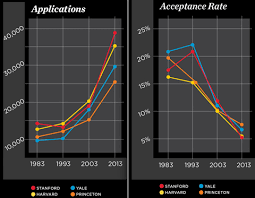

Restrictive early action is a non-binding early program, signifying that if admitted, you are not obligated to attend, and have until May 1 to reply to their offer of admission. Harvard welcomes interested applicants to apply under their Restrictive early action plan by November 1 in order to be notified of a decision in mid-December. You may apply early to any college or university with a nonbinding rolling admission process.You may apply early to any international institution, as long as the decision is nonbinding.You may apply early to any public institution or service academy, as long as the decision is nonbinding.


1, you may not apply to an early program at any other private college or university. If you apply single-choice early action, also known as restrictive early action, on Nov. If admitted, you have until May 1 to notify them about your decision to matriculate. Princeton University’s single-choice early action program is a nonbinding process. Let’s take a look at which colleges use this policy and how they define it: Princeton University There are a handful of colleges that have implemented restrictive early action or single-choice early action. Students cannot apply to other schools EA or ED. Some schools refer to this process as “single-choice early action” which is also a nonbinding process for students to apply to their top institution. Students can’t apply to any ED school, but can apply to other EA schools. Students can apply only to their single-choice EA institution in the early round, with exceptions. Restrictive Early Action is a process more restrictive than early action but less committal than early decision. Students receive admissions notifications in December, and if accepted, are not required to commit. Early action on the other hand is a nonbinding admissions process for students to apply to college earlier than the regular deadline, usually in November of senior year. Students receive admissions notifications in December, and if accepted, are required to commit. Early decision is a binding admissions process for students to apply to college earlier than the regular deadline, usually in November of senior year. What Is Restrictive Early Actionīefore we get into the definition of REA, let’s look at early decision and early action in closer detail. What exactly does this mean? And how should you navigate it? In order to help you gain a better understanding, we have explained restrictive early action, or REA in further detail, outlined which schools use it, and noted down the advantages and disadvantages of going such a route over traditional early decision. However, as you are looking through the different routes, you might be surprised to stumble upon something known as single-choice early action or restrictive early action that is used by a few top schools. You may have heard of schools using early decision and early action policies for students who are enthusiastic and want to show their commitment to a school. Everything You Need to Know About Restrictive Early Action


 0 kommentar(er)
0 kommentar(er)
